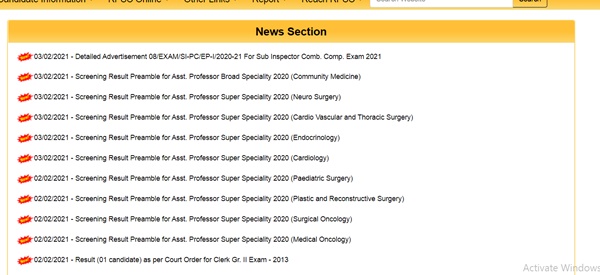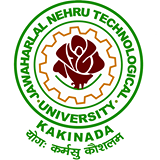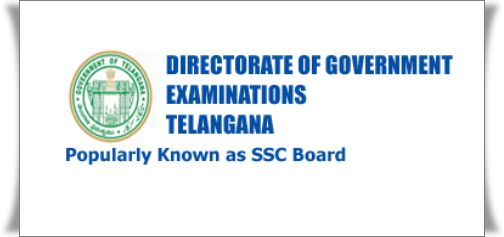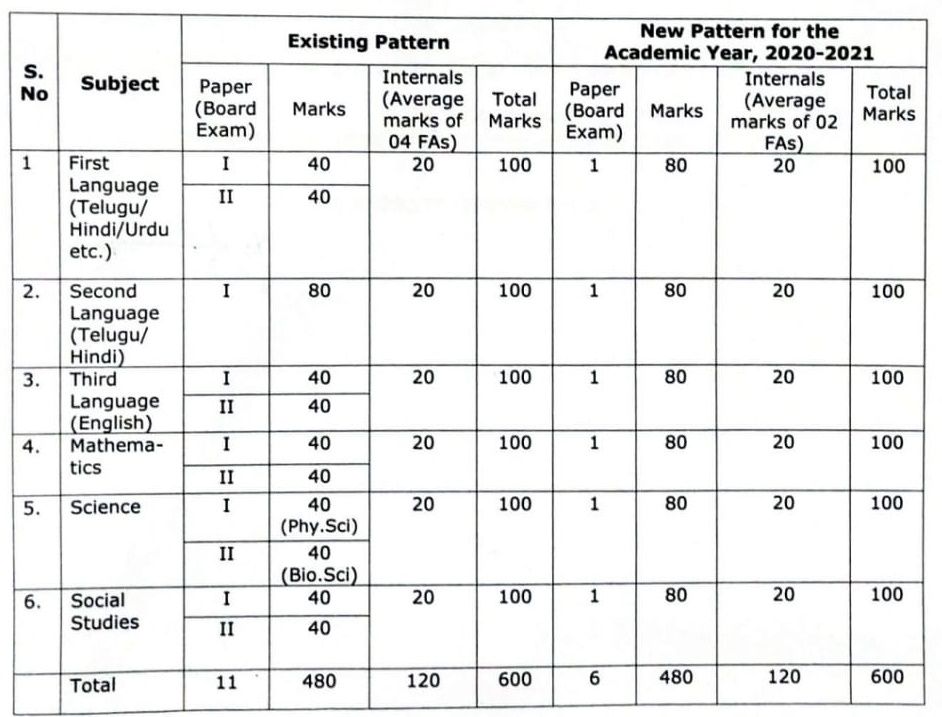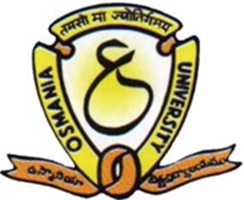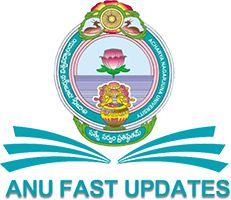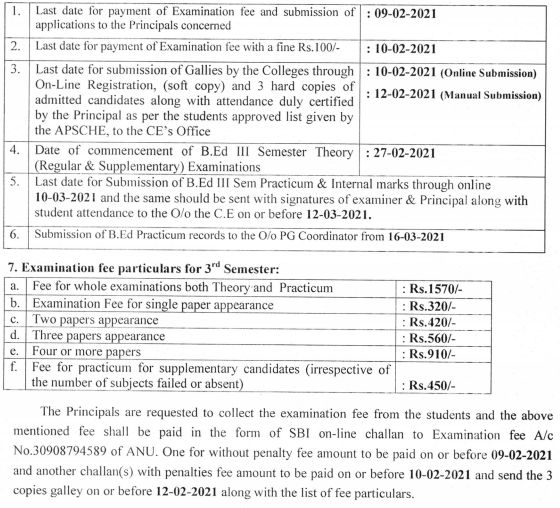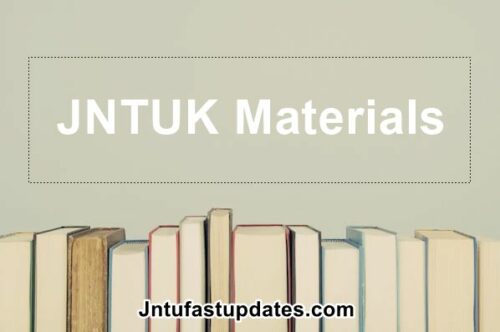JNTUK R16 3-1 Pulse & Digital Circuits Material PDF Download
Students those who are studying JNTUK R16 EEE Branch, Can Download Unit wise R16 3-1 Pulse & Digital Circuits Material/Notes PDFs below.
JNTUK R16 3-1 Pulse & Digital Circuits Material PDF Download
OBJECTIVES:
- To understand the concept of wave shaping circuits, Switching Characteristics of diode and transistor.
- To study the design and analysis of various Multivibrators.
- To understand the functioning of different types of time-base Generators.
- To learn the working of logic families & Sampling Gates.
UNIT-1
LINEAR WAVESHAPING: High pass, low pass RC circuits, their response for sinusoidal, step, pulse, square, ramp and exponential inputs. RC network as differentiator and integrator; Attenuators , its applications in CRO probe, RL and RLC circuits and their response for step input, Ringing circuit.
Download UNIT-1 Material PDF
UNIT-2
NON-LINEAR WAVE SHAPING : Diode clippers, Transistor clippers, clipping at two independent levels, Transfer characteristics of clippers, Emitter coupled clipper; Clamping operation, clamping circuits using diode with different inputs, Clamping circuit theorem, practical clamping circuits, effect of diode characteristics on clamping voltage, Transfer characteristics of clampers.
Download UNIT-2 Material PDF
UNIT-3
SWITCHING CHARACTERISTICS OF DEVICES : Diode as a switch, piecewise linear diode characteristics, Design and analysis of Transistor as a switch, Break down voltage consideration of transistor, saturation parameters of Transistor and their variation with temperature, Design of transistor switch, transistor-switching times. Bistable Multivibrator: Analysis And Design of Fixed Bias, Self Bias Bistable Multi Vibrator, Collector Catching Diodes, Commutating Capacitors, Triggering of Binary Circuits, Emitter Coupled Bistable Multivibrator (Schmitt Trigger).
Download UNIT-3 Material PDF | Reference-2
UNIT-4
Monostable Multivibrator: Analysis and Design of Collector Coupled Monostable Multi vibrator, Triggering of Monostable Multivibrator, Applications of Monostable Multivibrator. Astable Multivibrator: Analysis and Design of Collector Coupled Astable Multivibrator, Application of Astable Multivibrator as a Voltage to Frequency Converter.
Download UNIT-4 Material PDF | Reference-2
UNIT-5
VOLTAGE TIME BASE GENERATORS: General features of a time base signal, Methods of generating time base waveform Exponential Sweep Circuits, Negative Resistance Switches, basic principles in Miller and Bootstrap time base generators, Transistor Miller time base generator, Transistor Bootstrap time base generator.
Download UNIT-5 Material PDF | Reference-2
UNIT-6
LOGIC FAMILIES & SAMPLING GATES: LOGIC FAMILIES: Diode Logic, Transistor Logic, Diode-Transistor Logic, TransistorTransistor Logic, Emitter Coupled Logic, AOI Logic, Comparison of Logic Families. SAMPLING GATES: Basic Operating Principles of Sampling Gates, Diode Unidirectional Sampling Gate and Two-Diode Bi-Directional Sampling Gate, Four-Diode gates, Six-Diode Gates, Reduction of Pedestal in Sampling Gates, Applications of Sampling Gates.
Download UNIT-6 Material PDF | Reference-2
TEXT BOOKS:
- Pulse, Digital and Switching Waveforms – J. Millman and H. Taub, McGraw-Hill
- Pulse and Digital Circuits – A. Anand Kumar, PHI, 2005
REFERENCE BOOKS:
- 1.Pulse, Digital and Switching Waveforms – J. Millman and H. Taub, Mothiki S Prakash Rao McGraw-Hill, Second Edition, 2007.
- Solid State Pulse circuits – David A. Bell, PHI, 4th Edn., 2002
- Pulse & Digital Circuits by Venkata Rao,K,Ramasudha K, Manmadha Rao,G., Pearson,2010
OUTCOMES:
- Design linear and non-linear wave shaping circuits.
- Apply the fundamental concepts of wave shaping for various switching and signal generating circuits.
- Design different multivibrators and time base generators.
- Utilize the non sinusoidal signals in many experimental research areas.
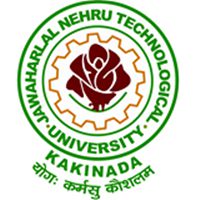

320-x100(1).gif)
